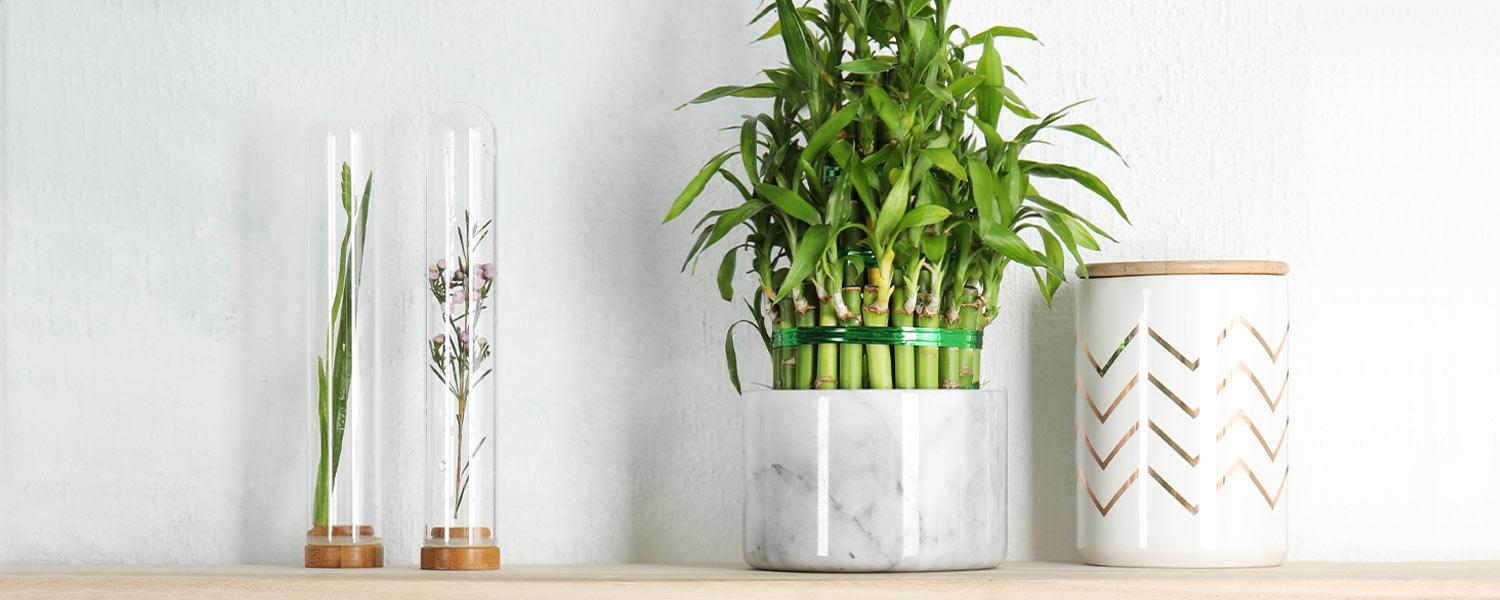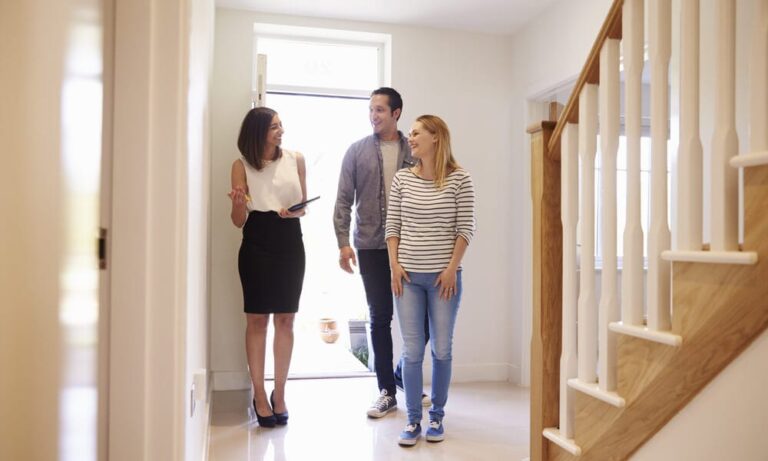
Any room comes alive with a few potted plants. However, they do more than merely spruce up the area. Making your plant feel at home in the container it is planted in rather than the ground, however, can be challenging. Here are some helpful hints you can use to design the ideal environment for your plant.
- Locate a location for your plant.
Before rushing out to buy plants to put in your space, it’s usually a good idea to assess the area. Choose a location as well-lit as possible, then see what will fit there. All plants, even indoors, require light for photosynthesis to survive.
- Choose your plant.
Choose your plastic-free plant pot based on the lighting you have access to it. If planted indoors, many sun-loving plants, like roses and jasmine, will not thrive. Conversely, plants that like shade will burn if placed in an area with excessive sunlight. If you’re planting indoors, choose low-light-tolerant plants like box palms, sansevieria, pothos, and Syngonium.
- Select a container.
You can grow your plastic-free bamboo plant pot in clay pots, bags, used buckets, and even bottles. Additionally, it’s a good idea to choose a container that is at least 25% taller than the plant you plan to grow in it. It will guarantee plant’s roots have enough room to spread out.
- Improve the drainage
Make sure your container has a bottom opening to let extra water drain. It will stop water from pooling around your plant and rotting them. The drainage hole should be as clear of obstructions as possible to allow extra water to drain out when the pot is overwatered. To prevent soil from clogging the drain hole, use pebbles or scatter bits of broken tile around it.
- Get your potting medium ready.
You carefully balance the amounts of organic matter, minerals, air, and water in your soil or potting media. The organic matter soil needs get easily provided by compost made from household trash, while responsibly sourced sand and cocopeat are excellent soil aerators. For cacti and other succulent plants, you can increase the sand content. You can choose from Karnival’s selection of fertilizers and pre-mixed potting media if you’d prefer not to take the time to find these media separately.
- Fill the pot.
Rake or even toss your planting medium into the air to aerate it, making it light and crumbly. Fill your container, leaving about 3 cm at the top for watering.
- Plant away
Firmly place your sapling in the pot’s middle. You see water draining out the bottom. Firmly press the potting soil around the base of the plant.
- Watering
You can only water your plant when the top of the pot appears dry. To check for standing water, poke the drain hole with a pencil or stick.
- Fertilize
Every three months or so, give your plant a pinch or two of home compost or vermicompost. These incredibly lightweight composters are ideal for composting and home gardening. Purchase some now!






